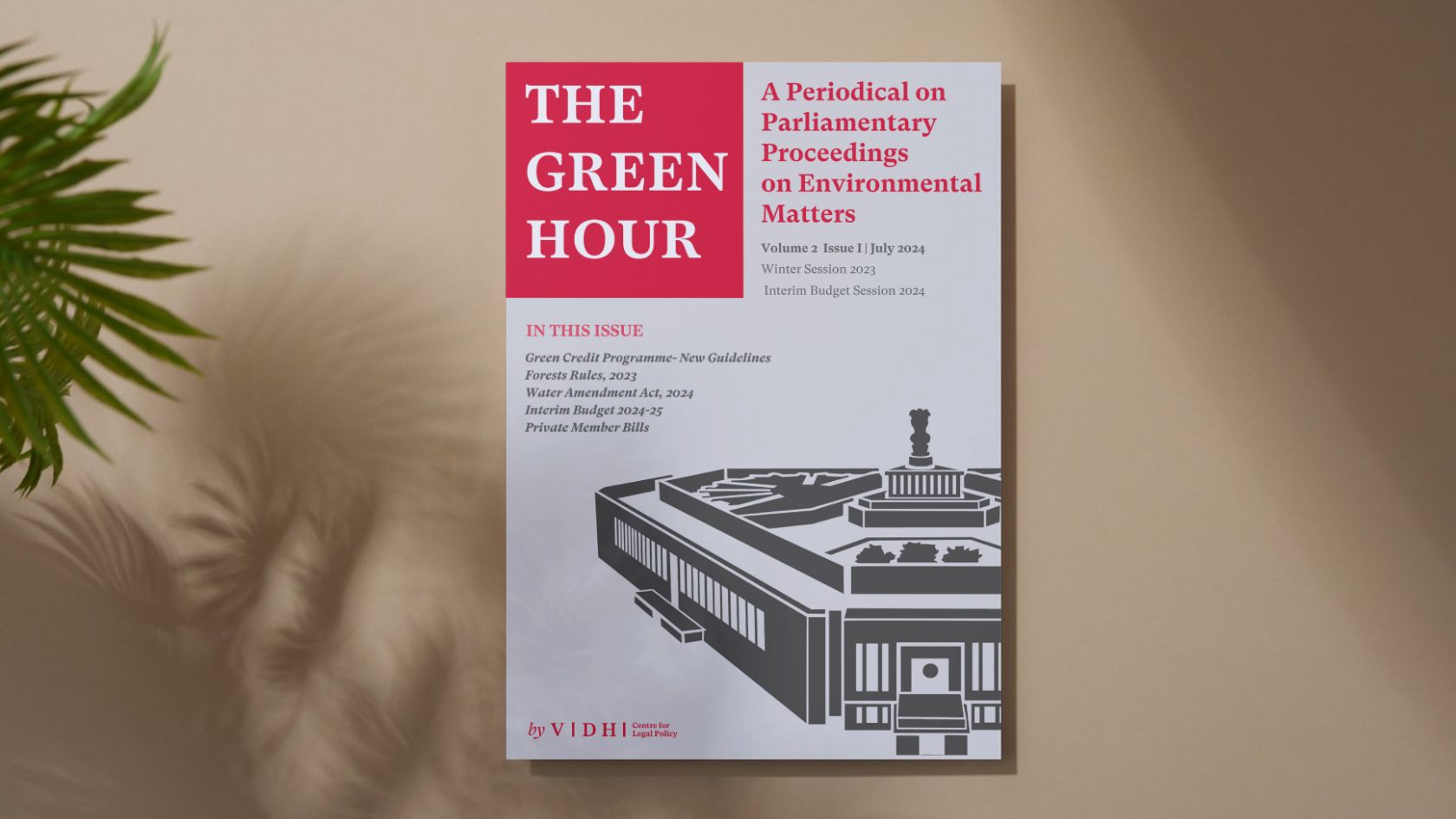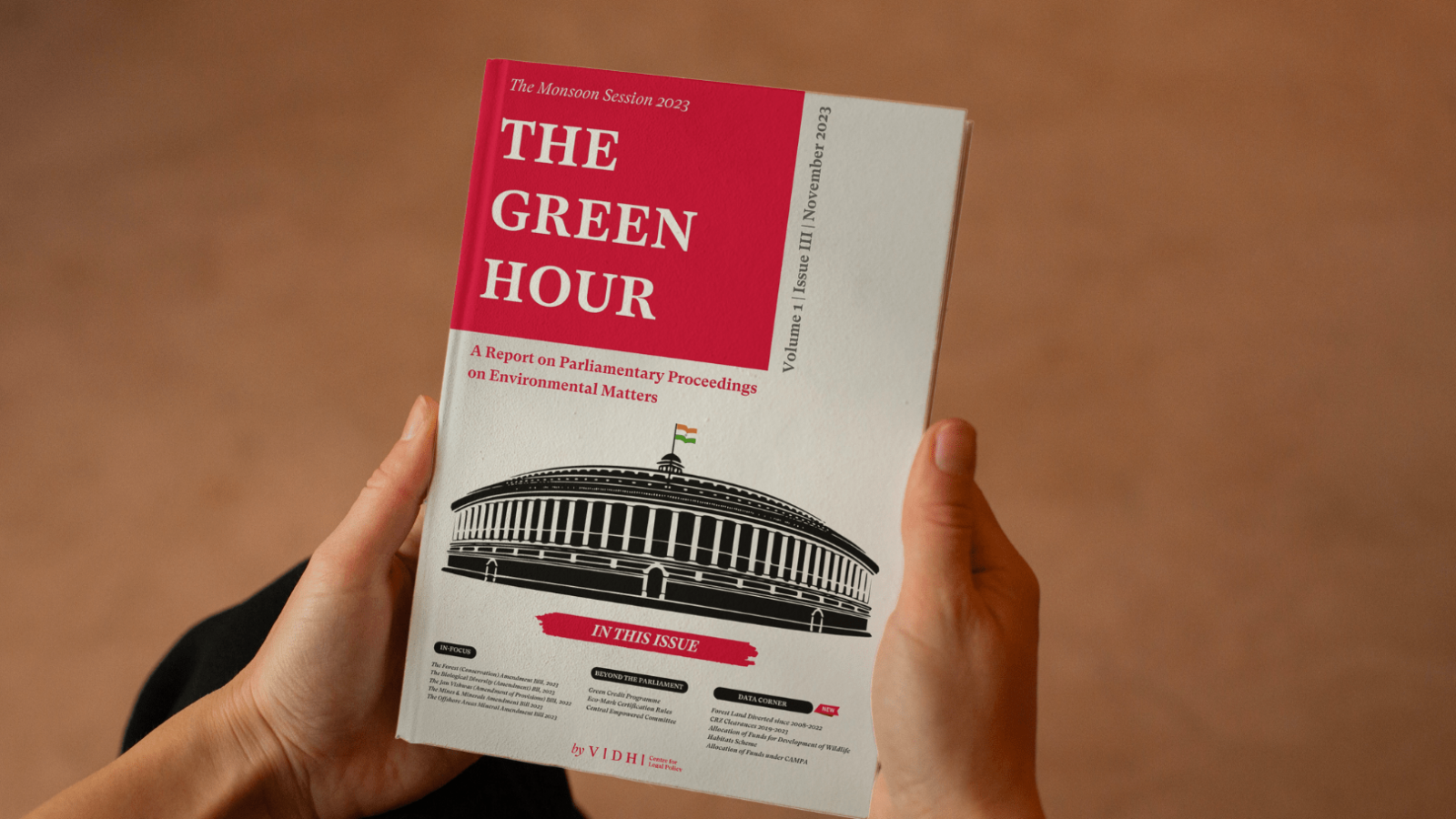
Safeguarding Wildlife Beyond Protected Areas in India
A Review of Laws, Policies and Other Conservation Tools
India, a country with only 2.4% of the world’s land area, accounts for 7-8% of all recorded species, including over 45,000 species of plants and 91,000 species of animals. The wildlife in India is protected through protections granted to species as well as declaring an area as Protected Area (PA) under the Wildlife (Protection) Act, 1972 such as Wildlife Sanctuaries and National Parks. PAs are important tools to withstand the impacts of climate change and ensure long term conservation of natural resources providing food, clean water, shelter and income. However, they have their own limitations on account of their relatively small size and that the majority of wildlife habitats are now found outside the PAs. This accounts for the imperative need of according protection and identification of wildlife corridors and habitats outside the PAs. The article discusses the different forms of wildlife habitats and conservation areas found outside the PAs and how the existing laws and government actions lack in vigor and pose hurdles in effectively protecting forests and wildlife.




